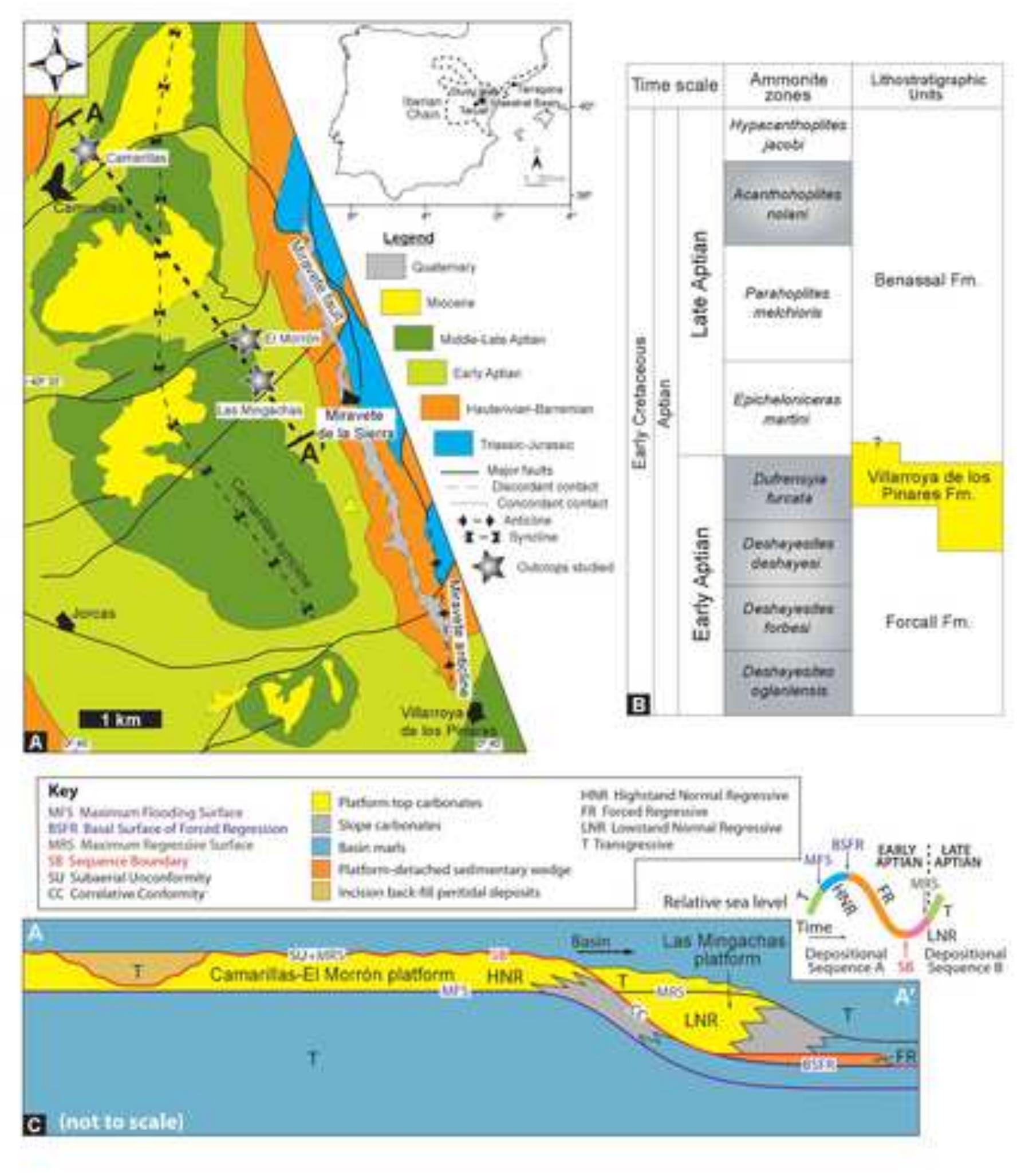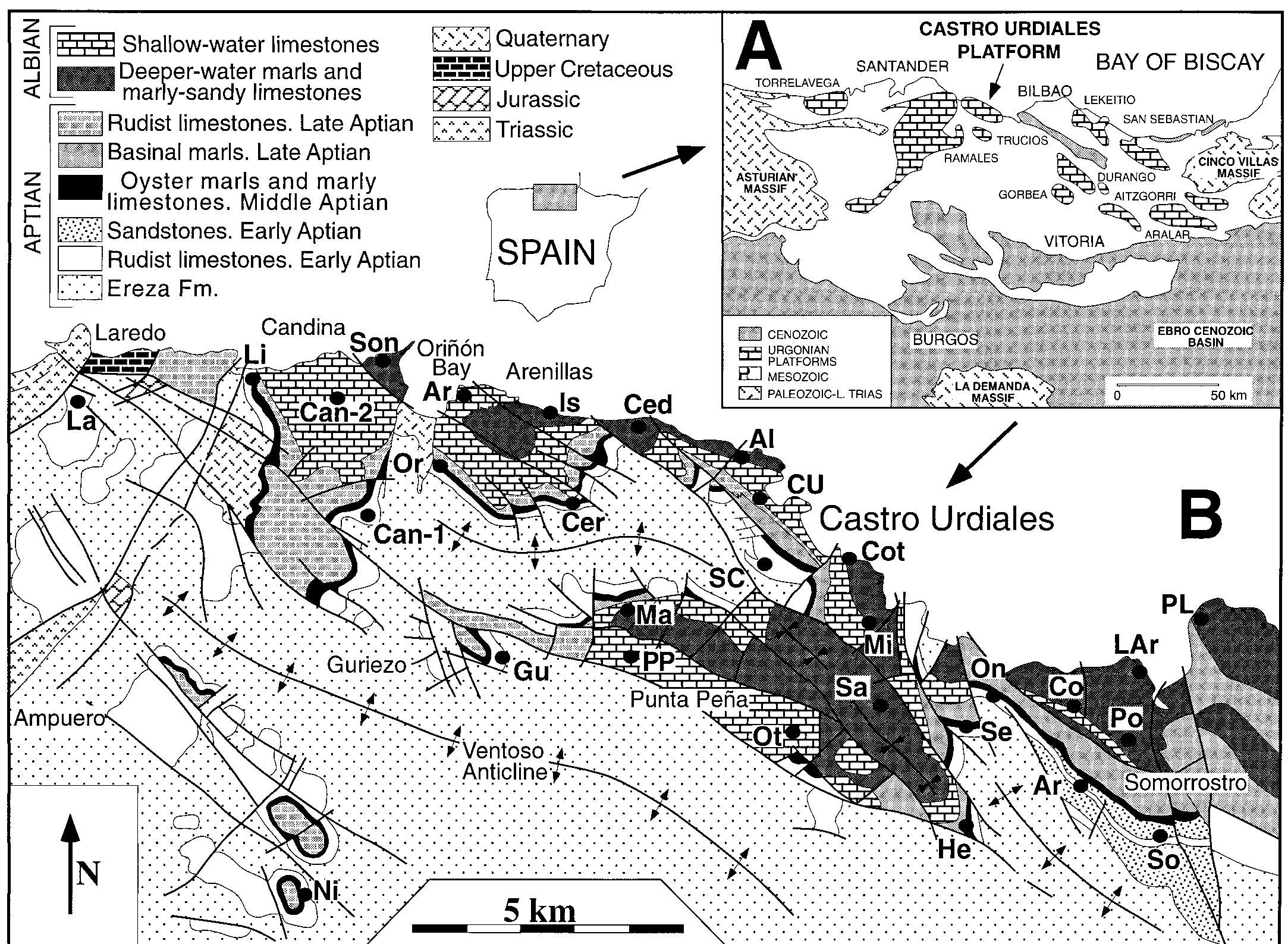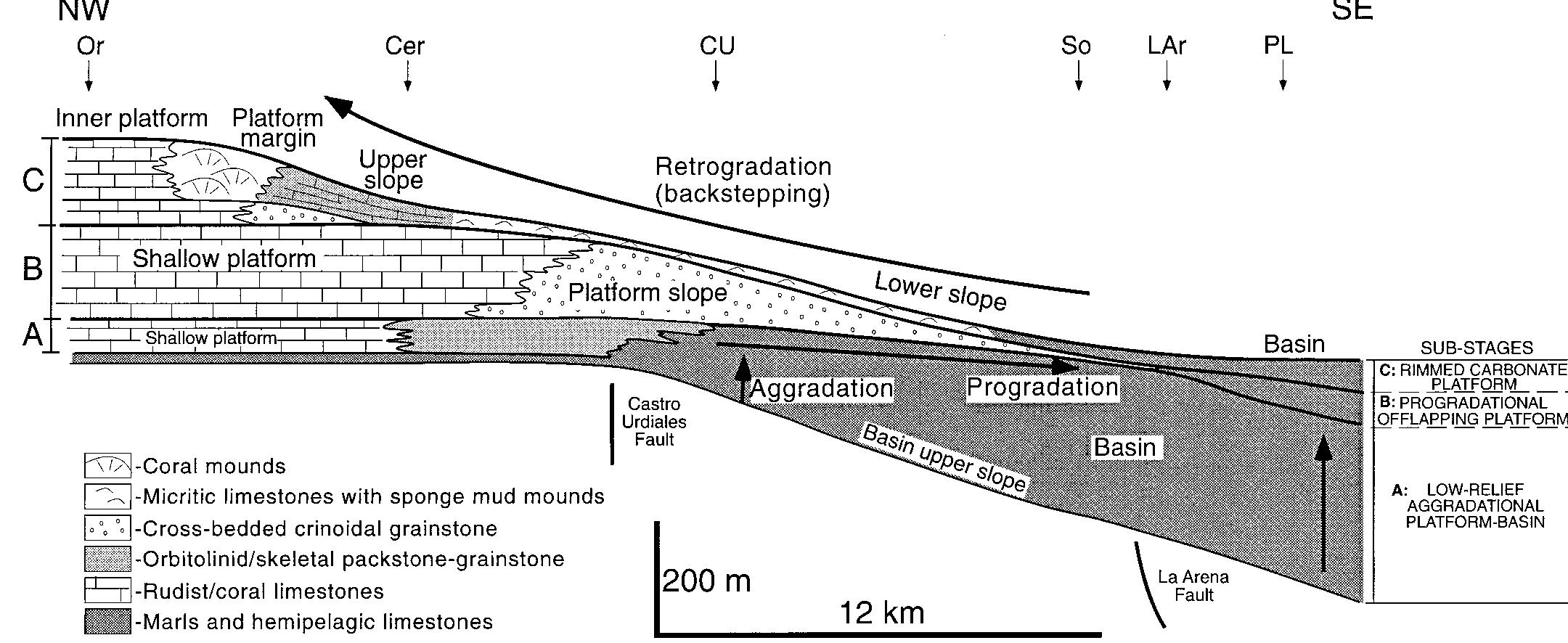Altamura F., Rubini M., Zaio P., Gozzi A., Fiore I., Mussi M., 2025. Mesolithic burials and funerary practices in central Italy: new evidence from Riparo Blanc (Mount Circeo, Latium), in Annali dell’Università degli Studi di Ferrara... more
The geological conformation of an anthropized place decides the fate of the women and men who live in that portion of territory. Praia a mare, called the city of the island due to the presence of the imposing island of Dino, is actually... more
This work describes the global warming datasets in the period 1-2024. The data for the period 1-1850 are from paleoclimate records and are used for determination of global warming in the last 2,000 years. The data for the 1850-2024... more
This paper presents recent developments of the CoastFLOOD numerical model for the high-resolution simulation of coastal inundation induced by extreme Sea Level Elevation due to storm surges intensified by astronomical tides and Sea Level... more
Climate change has led to increased sea levels, which are caused by a complex interplay of the physical environment components from coastal areas, causing the rise in storm surge, erosion and flooding. In this scenario, the low-lying... more
On the basis of a high-resolution chronostratigraphic framework of the Eastern Russian Platform, a comparison between Late Barremian-Aptian global and regional sea-level trends was performed. The detailed evaluation of the long-term (3rd... more
On the basis of a high-resolution chronostratigraphic framework of the Eastern Russian Platform, a comparison between Late Barremian-Aptian global and regional sea-level trends was performed. The detailed evaluation of the long-term (3rd... more
Two well exposed platform successions of late Early Aptian age developed in the central part of the Galve sub-basin (Maestrat Basin): the highstand platform (Camarillas-El Morrón), and the succeeding small lowstand platform (Las... more
Shallow water rudist bivalves are a very suitable tool for palaeoenvironmental and palaeobiogeographic reconstructions of the Cretaceous Tethys. For this reason, we have reviewed fossil localities bearing polyconitid rudists of the late... more
After the Last Glacial Maximum, some 21,000 years BP, the sea level rose from −130 m to its present-day position. This process of marine transgression inundated or eroded palaeolandscapes to varying degrees, resulting in the landward... more
i ExxonMobil (FC) 2 Alliance_Fundamental Controls on Flow in Carbonates, USA Syn-rift shallow-marine carbonates of Late Aptian to Early Albian age in the southern Maestrat Basin (E Spain) register the thickest Aptian sedimentary record of... more
i ExxonMobil (FC) 2 Alliance_Fundamental Controls on Flow in Carbonates, USA Syn-rift shallow-marine carbonates of Late Aptian to Early Albian age in the southern Maestrat Basin (E Spain) register the thickest Aptian sedimentary record of... more
This Memoir explores the variability and controlling processes of sedimentation, morphology and tectonics on the world's continental shelves, with emphasis on their evolution during the last glacio-eustatic cycle. This work builds on some... more
This article appeared in a journal published by Elsevier. The attached copy is furnished to the author for internal non-commercial research and education use, including for instruction at the authors institution and sharing with... more
At the end of August 2009 an ADCP Workhorse Sentinel 600 kHz was mounted on a 10.4 metres long unsinkable fibreglass unit patrol boat model Class 500 of the Italian Coast Guard. The aim was the acquisition of current data in the very... more
Evidence for Top Shuaiba Exposure and Incision in Block 5, Offshore Qatar, and Regional Consequences
An integrated subsurface data set of core, vertical and horizontal wells and seismic has provided evidence for the presence of karstification and quartz sand filled platform incision at the top of the Shuaiba Formation in offshore Qatar.... more
Strontium-isotope measurements on Lower Cretaceous marine rocks derive from belemnite material sampled in ammonite-constrained basinal successions. A group of values with a narrow range across the Barremian/Aptian boundary does not allow... more
Four contrasting carbonate sequences developed in a tectonically active, extensional setting in the Lower Cretaceous (Aptian-Albian) Castro Urdiales platform of north Spain. The four carbonate phases (P1-P4; early Aptian, late Aptian,... more
The Cretaceous (Early Aptian, uppermost Bedoulian, Dufrenoyia furcata Zone) Zamaia Formation is a carbonate unit, up to 224 m thick and 1.5 km wide, which formed on a regional coastal sea bordering the continental Iberian craton. A... more
The southern Vercors area (south-east France) displays superb exposures of a Lower Cretaceous prograding carbonate platform. These exposures allow a geometrical sequence analysis to be combined with detailed outcrop observations.... more
The late Jurassic-early Cretaceous is commonly considered the only cold climatic interval in Earth history without any direct evidence of polar ice. A newly discovered dropstone-bearing interval from the subtropical Iberian Basin (western... more
Eustatic controls on Early Cretaceous (Aptian) sedimentation in the western Tethys are discerned in outcrops of carbonate platforms that developed in the Maestrat rift basin located at the eastern margin of the Iberian Plate. The relative... more
In memoriam Paolo Pirazzoli was born in Venice (Italy) in 1939 but acquired French citizenship in 1978, several years after marrying Michèle Pirazzolit'Serstevens, a well-known historian specialising in Chinese civilization. Paolo... more
During the last century, Grotta Romanelli (Southern Italy) has been a reference site for the European Late Pleistocene stratigraphy, due to its geomorphological setting and archaeological and palaeontological content. The beginning of the... more
Barremian and Aptian shallow-water carbonate facies (uppermost Lekhwair, Kharaib and Shuaiba Formations) are described from outcrops in northern Oman. Based on facies analysis and bedding pattern, three orders of depositional sequences... more
The Aptian to lowermost Albian carbonate platform of Castro Urdiales (Cantabria, northern Spain) was broken up by extensional tectonic movements shortly after the beginning of the Albian. Block faulting characterized this rifting episode,... more
Barremian and Aptian shallow-water carbonate facies (uppermost Lekhwair, Kharaib and Shuaiba Formations) are described from outcrops in northern Oman. Based on facies analysis and bedding pattern, three orders of depositional sequences... more
The present paper analyses the stratigraphic distribution of ammonites collected in the Lower Aptian sediments of the Maestrat Basin (E Spain). The faunal successions obtained from the systematic sampling of ten selected sections located... more
Chondrodonta is an opportunistic, oyster-like bivalve, common in shallowwater carbonates of the Cretaceous Tethyan Realm. Despite its high abundance and widespread geographic distribution, the precise relationship between the early Aptian... more
The purpose of this paper was to provide a practical guide assisting field workers in identification and interpretation of frequently occurring bioerosional textures created in limestone by intertidal organisms along the coasts of... more
A review of the stratigraphic distribution of ammonoid species in the Lower Cretaceous (Hauterivian-Albian) of the Maestrat Basin (E Spain) was carried out. The specimens were mainly collected in the field by us and are stored in... more
Quando la crisi dei debiti sovrani si e trasformata in crisi dell'economia reale, le istituzioni europee sono ricorse a due strumenti per contrastare la bassa crescita e il rischio di deflazione.…
The Aptian to lowermost Albian carbonate platform of Castro Urdiales (Cantabria, northern Spain) was broken up by extensional tectonic movements shortly after the beginning of the Albian. Block faulting characterized this rifting episode,... more
The Cretaceous (Early Aptian, uppermost Bedoulian, Dufrenoyia furcata Zone) Zamaia Formation is a carbonate unit, up to 224 m thick and 1.5 km wide, which formed on a regional coastal sea bordering the continental Iberian craton. A... more
The present paper analyses the stratigraphic distribution of ammonites collected in the Lower Aptian sediments of the Maestrat Basin (E Spain). The faunal successions obtained from the systematic sampling of ten selected sections located... more
Limestone cliff morphology on Curaçao (Netherlands Antilles), with special attention to the origin of notches and vermetid/coralline algal surf benches. Z. Geomorphol. 22, 329e349.
During the second half of the last century, considerable anthropization processes were observed throughout most of the Italian territory. These processes have altered the equilibrium conditions of several river and coastal ecosystems,... more
Abteilung Geologie, Fakultät für Biologie, Chemie und Geowissenschaften, Universität Bayreuth, Bayreuth, Germany (Telm.Bover@uni-bayreuth.de) Departament de geoquímica, Petrologia i Prospecció Geològica, Facultat de Geologia, Universitat... more
Rocky shores-particularly in limestone areas of tropical, subtropical, and some temperate regions-are subject to intense bioerosion. Detailed field studies along the Gulf of Siam and the Andaman coast of Thailand, Langkawi Islands of... more
The Cretaceous (Early Aptian, uppermost Bedoulian, Dufrenoyia furcata Zone) Zamaia Formation is a carbonate unit, up to 224 m thick and 1.5 km wide, which formed on a regional coastal sea bordering the continental Iberian craton. A... more
i ExxonMobil (FC) 2 Alliance_Fundamental Controls on Flow in Carbonates, USA Syn-rift shallow-marine carbonates of Late Aptian to Early Albian age in the southern Maestrat Basin (E Spain) register the thickest Aptian sedimentary record of... more
The Cretaceous (Early Aptian, uppermost Bedoulian, Dufrenoyia furcata Zone) Zamaia Formation is a carbonate unit, up to 224 m thick and 1.5 km wide, which formed on a regional coastal sea bordering the continental Iberian craton. A... more



















































































